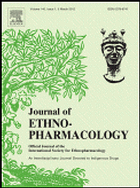P.L. Owen, L.C. Martineau, D. Caves, P.S. Haddad, T. Matainaho, T. Johns
Asia Pacific Journal of Clinical Nutrition. 17(4): 635-43 (2008)
Rapid increase in the incidence of type 2 diabetes (DM2) in Papua New Guinea, coupled with compelling epidemiological evidence supporting a diabetogenic association with betel quid (BQ) chewing has lead us to investigate dietary strategies that might offer protection from developing DM2. We investigated the dietary habits of Kalo residents from coastal Central Province who are avid BQ chewers yet have a relatively low incidence of DM2 compared to the ethnically similar and adjacent Wanigelans who abstain from BQ yet have an unusually high incidence of DM2. In Kalo, guava bud (Psidium guajava L) and noni (Morinda citrifolia L) were consumed much more frequently than in Wanigela, whereas the inverse was observed for mangrove bean (Bruguiera gymnorrhiza (L) Lam.). These plants, along with BQ and its component ingredients areca nut (Areca catechu L) and Piper betle L inflorescence, were assessed for their ability to mediate insulin-dependent and insulin-independent glucose transport in cultured 3T3-L1 adipocytes. A dose-dependent inhibition of glucose uptake from methanolic extracts of BQ, areca nut and P. betle inflorescence supports previous reports of prodiabetic activity. Conversely, guava bud extract displayed significant insulin-mimetic and potentiating activity. Noni fruit, noni leaf, commercial noni juice and mangrove bean all displayed insulin-like activity but had little or no effect on insulin action. Habitual intake of guava and noni is proposed to offer better protection against DM2 development and/or betel quid diabetogenicity than cooked mangrove bean. These findings provide empirical support that DM2 risk reduction can be accomplished using traditional foods and medicines.

